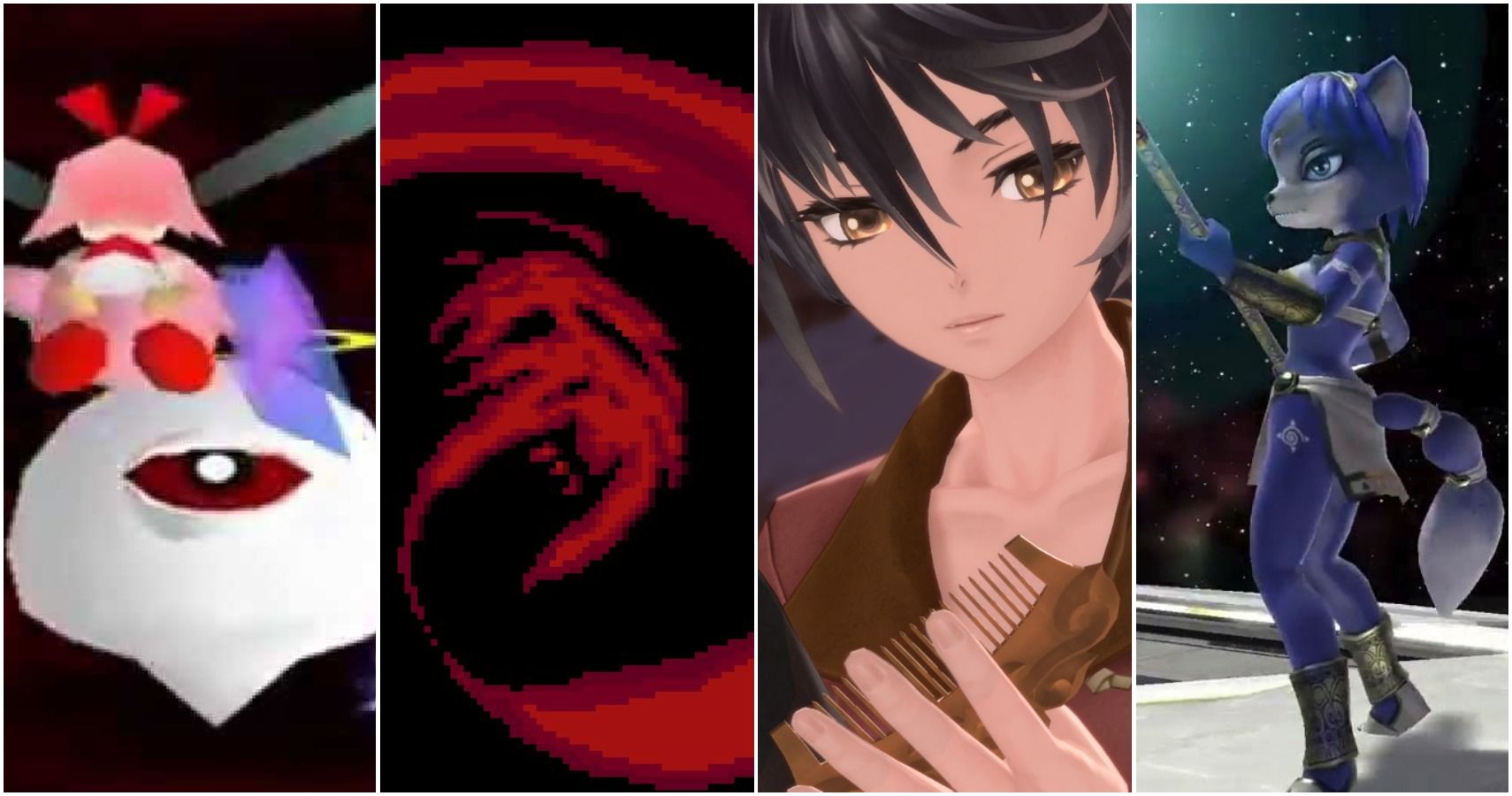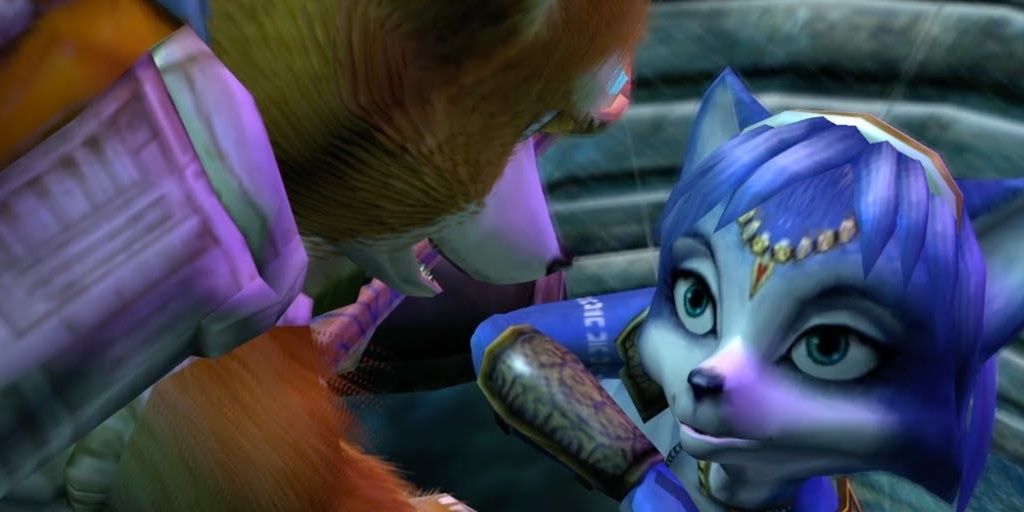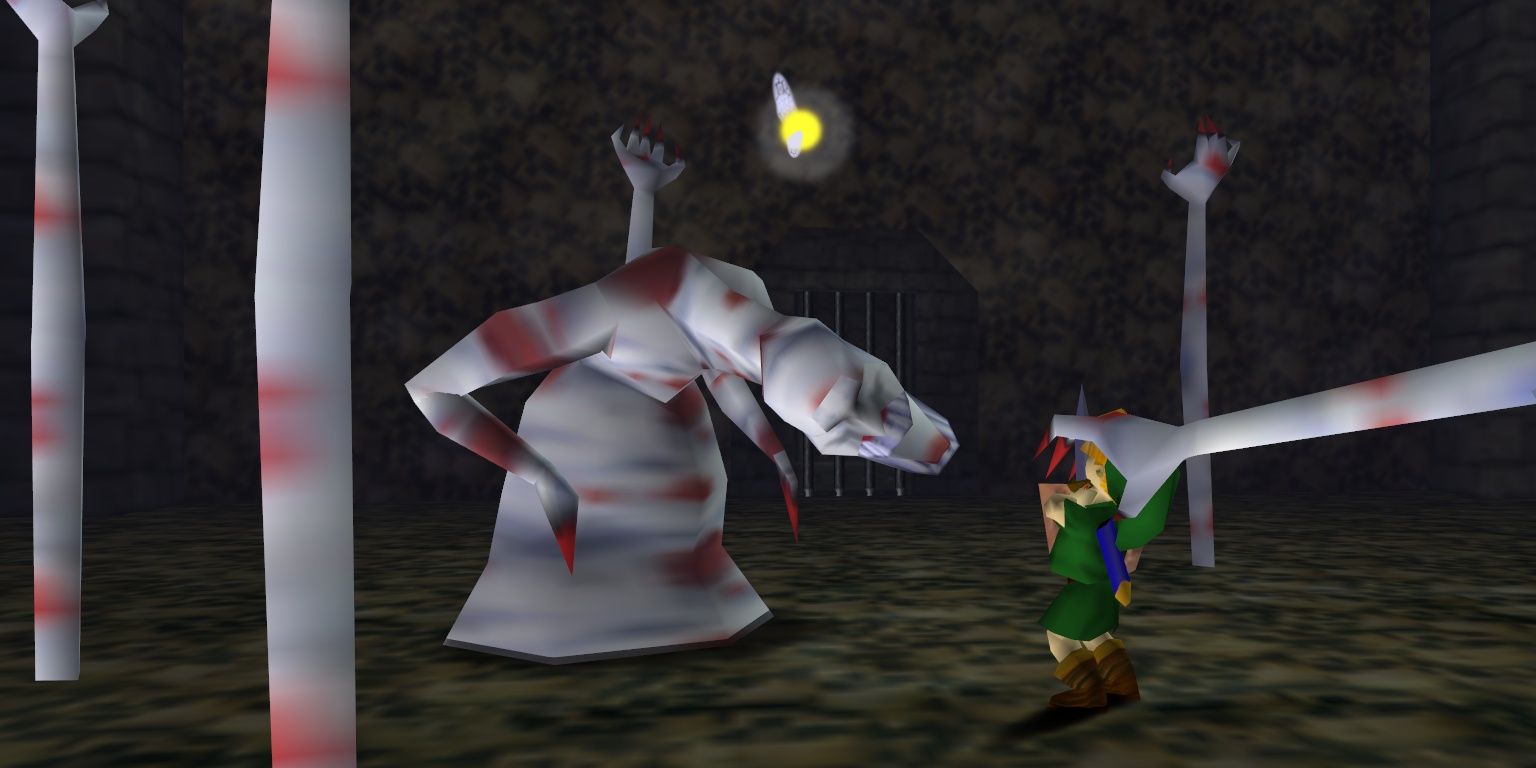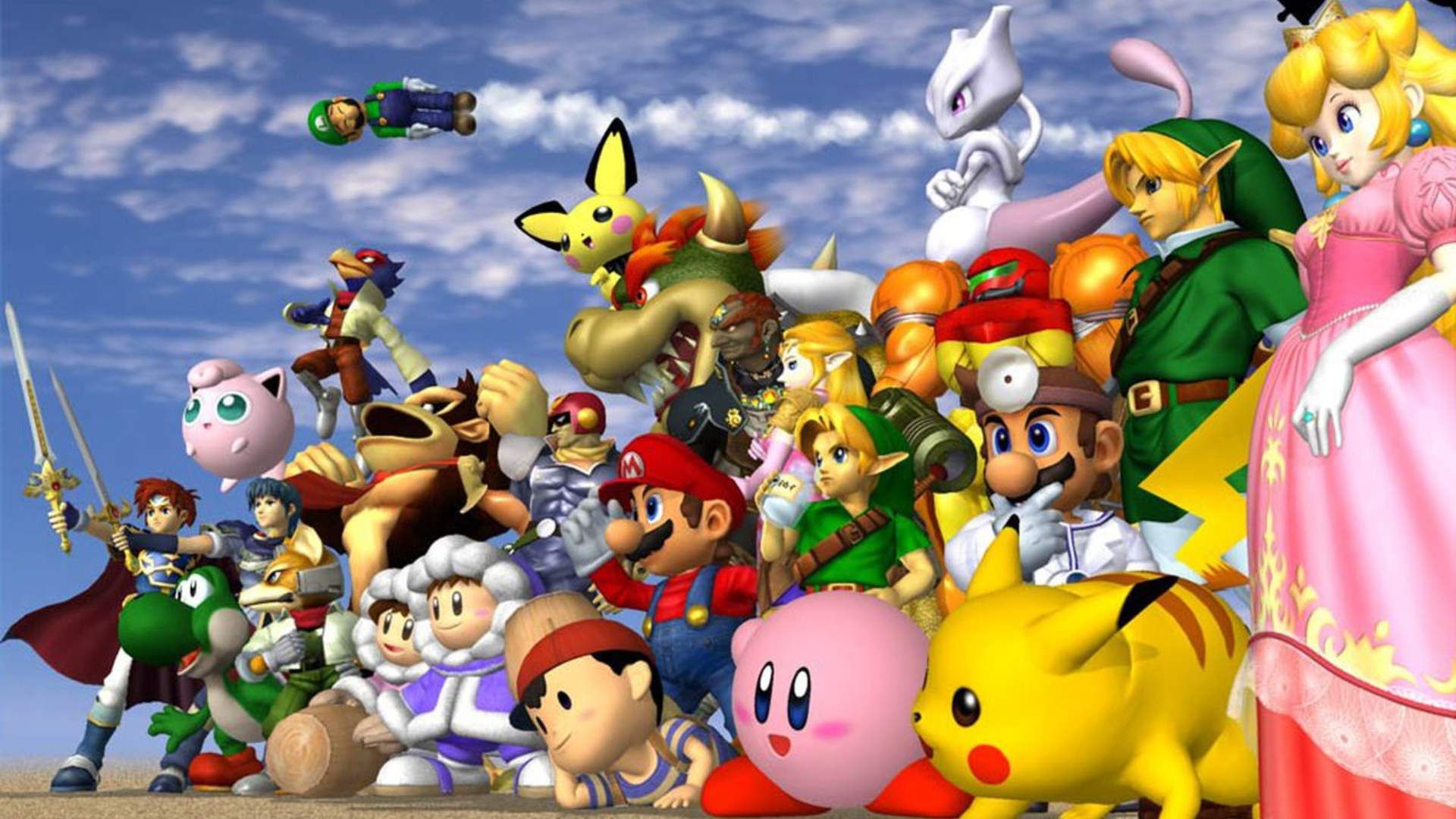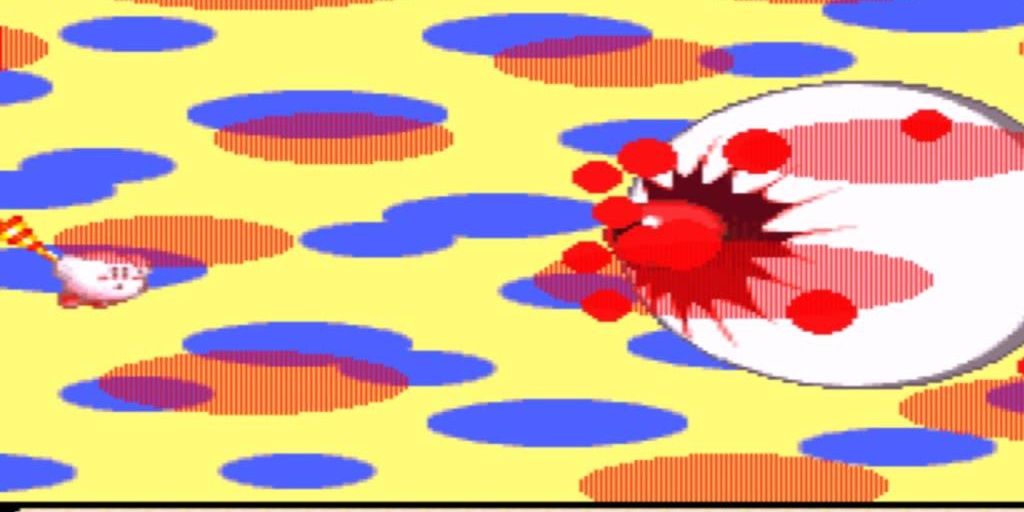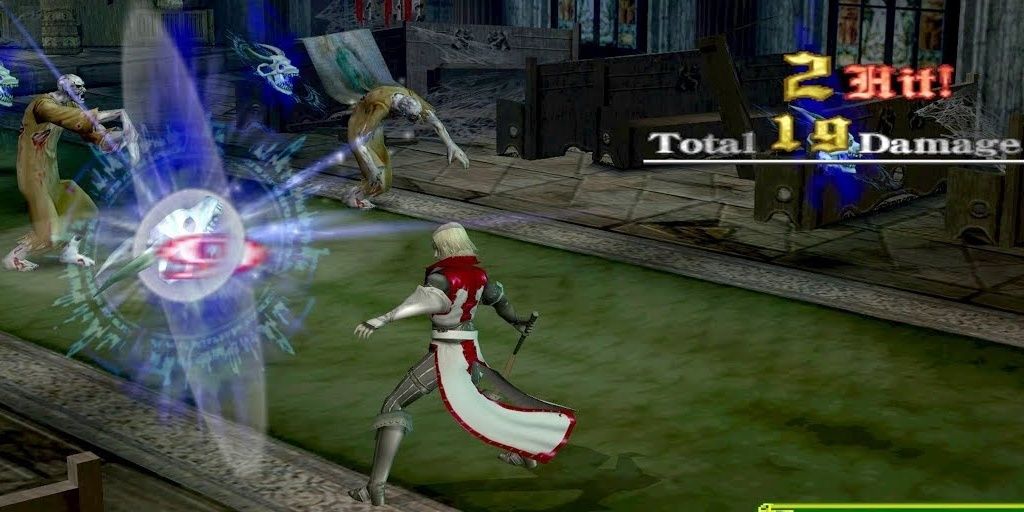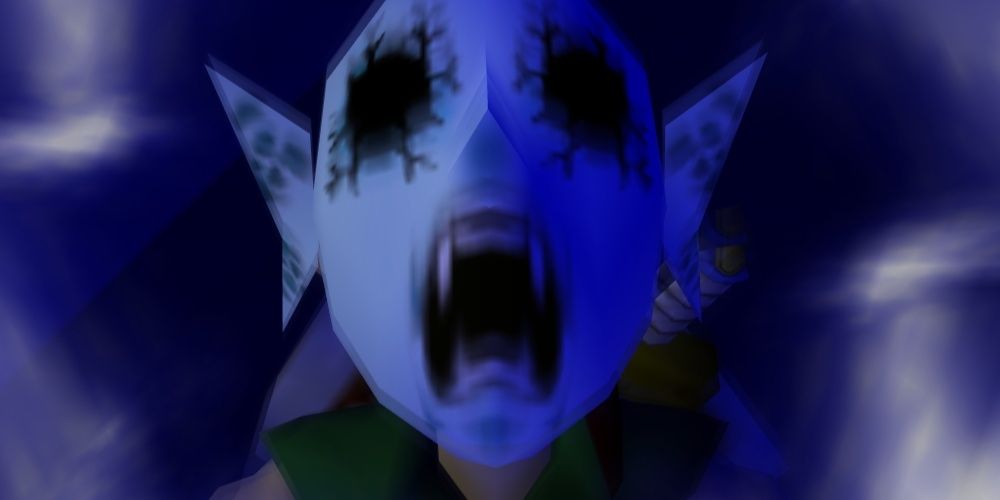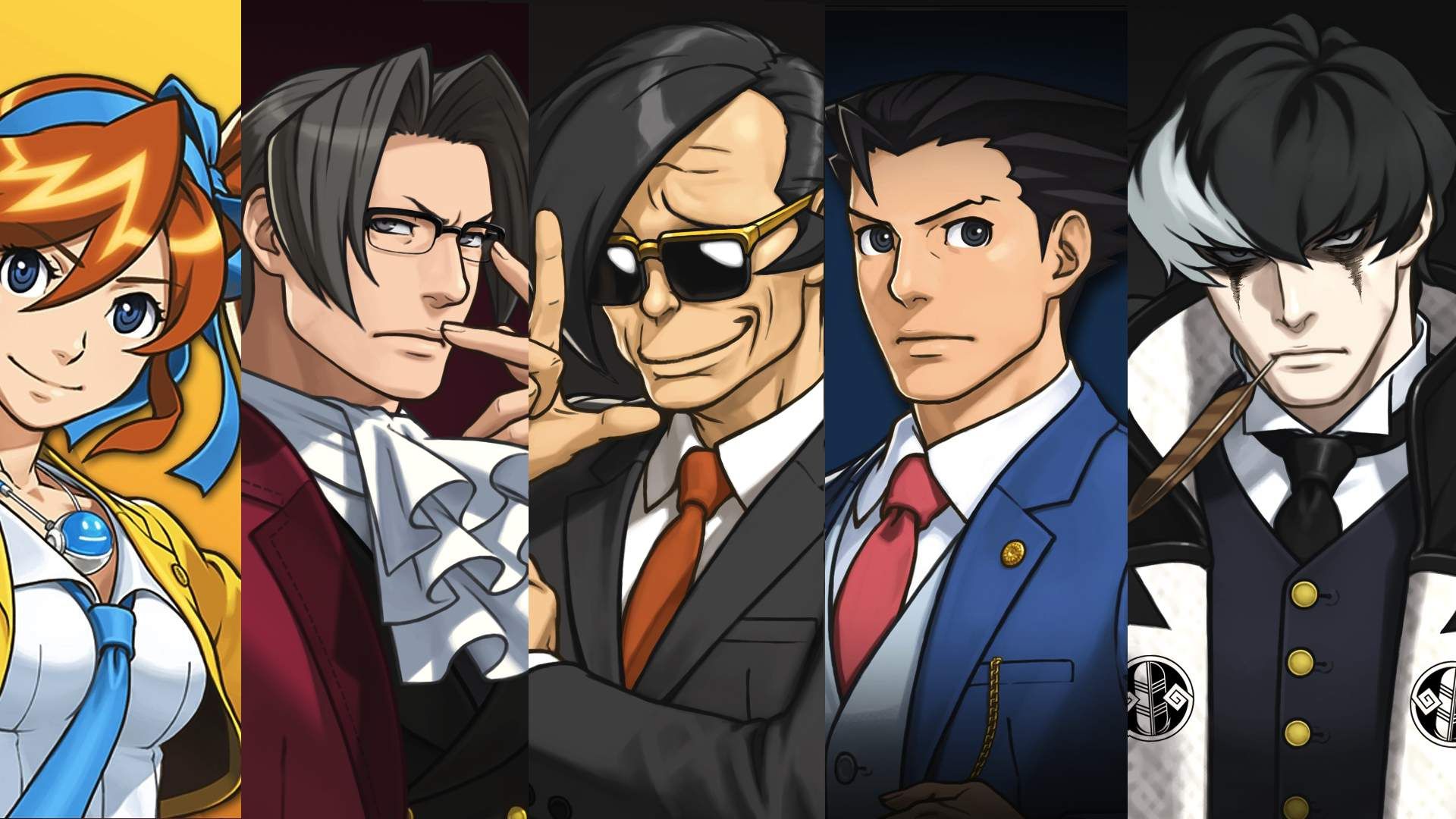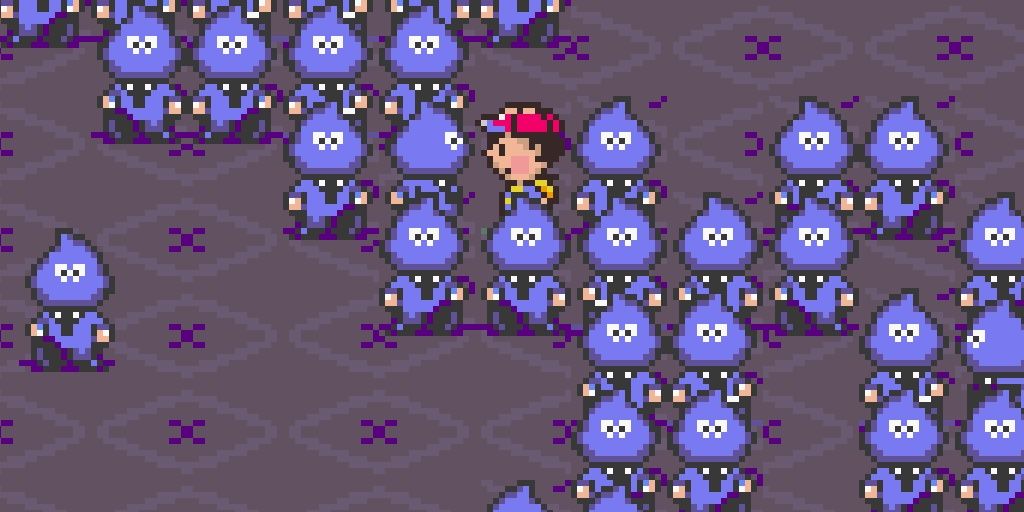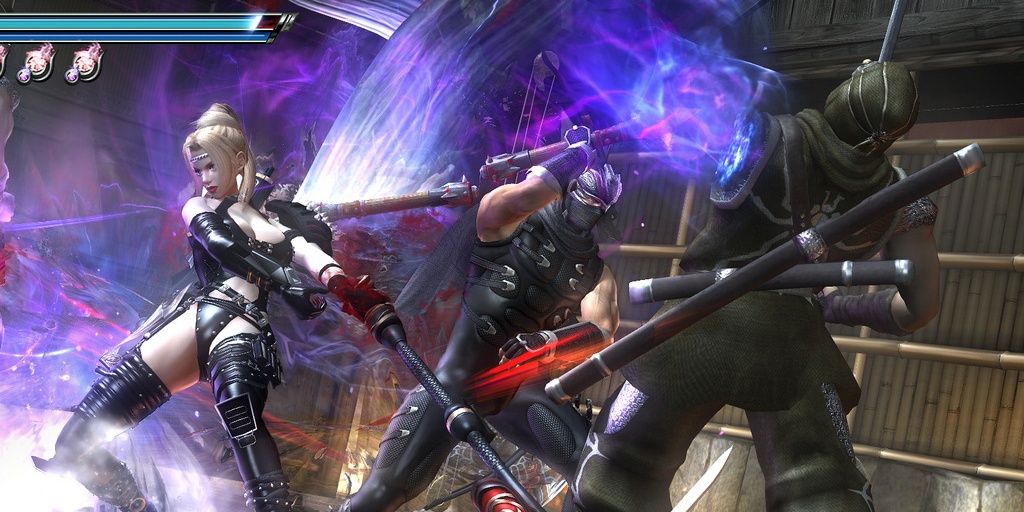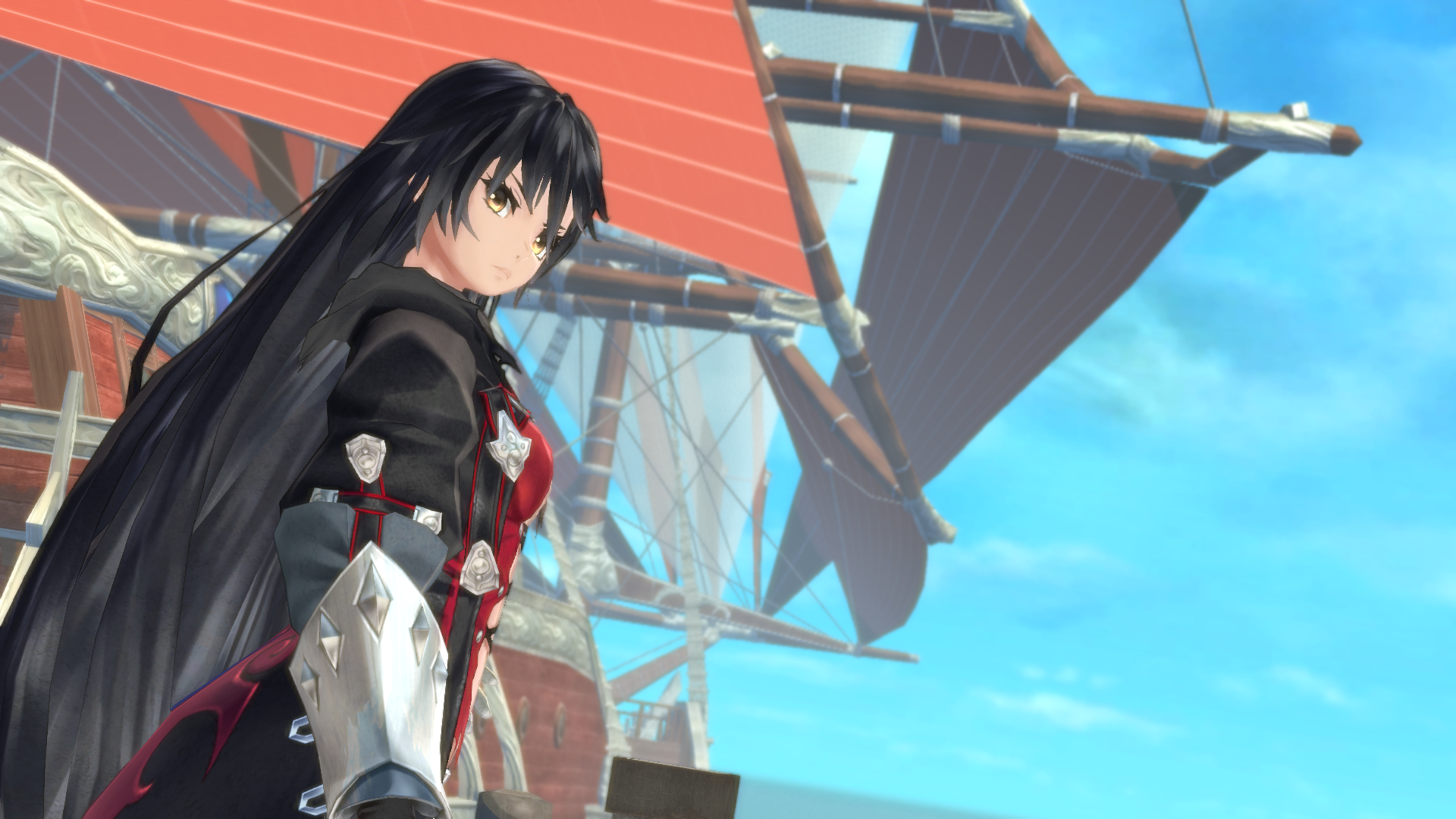Ever since the ESRB was established in the early 90s, the organization has tried to put labels to satisfy age-appropriate labels for countless video games. However, the ESRB no doubt made numerous oversights over the course of labeling age ratings.
Keep in mind that accidents happen and things occasionally slip through the cracks. Thankfully, despite a few creepy or suggestive moments, most of these games ended up being kid-friendly. Therefore, this serves to showcase a few times which suggestive or violent themes flew under the radar or were slapped with an unneeded maturity label.
10 Too High: Star Fox Adventures
Star Fox Adventures was the first Star Fox game to be rated T for Teen. Fox's first adventure outside of his Arwing was designed by Rare. As such, Rare took liberties to Fox's new adventure by introducing new characters, concepts, and bosses.
Despite being rated for "animated blood," Star Fox Adventures shows next to no gore. The only possible instance might be from the first boss, Galdon. In one phase of the battle, he swallows you and spits you out with green blood. This doesn't count as violent enough to warrant a blood warning, though. However, Krystal, a major character in the game, wears a scantily-clad outfit. Yet, the ESRB did not mark any suggestive themes for the game. We can perhaps give you a good reason why Krystal ducked under a T-rating later in the article.
9 Too Low: The Legend of Zelda: Ocarina of Time
The first Legend of Zelda title in 3D featured a more realistic take on the series. Using anime-style, polygonal art, Ocarina of Time displayed detailed character models and facial expressions. It also included blood-curdling dungeons, such as the Shadow Temple. This dungeon not only features blood pools and lore regarding Hyrule's "bloodied history," but execution chambers, as well.
Moreover, when you fight Ganondorf, beating him once, he will cough up blood. Slaying him in the final battle, you'll slash his face apart as blood sprays out. This scene was enough for Nintendo to change his blood color to green, despite the characer being a human, in later released versions of the game.
8 Too High: Super Smash Bros. Melee
Nintendo's crossover fighting game was the first Nintendo title to ever receive a T-rating. All the comic violence was plenty kid-friendly. Yet, perhaps for a 2001 standard, the concentration on fighting alone was enough for the ESRB to label a T-rating to protect young minds.
If you played later Smash Bros. titles, but not Melee, here's a bit of Princess Peach trivia for you. Players could look up Peach's dress, revealing a pair of bare legs and pink bloomers. In later games, series creator Masahiro Sakurai remodeled the characters to avoid this. He even omitted Mai Shiranui, a Fatal Fury mascot, from being in Smash's background when Terry Bogard entered Super Smash Bros. Ultimate. Yet, despite being rated E-10, Krystal, from Star Fox, appears in all of her glory.
7 Too Low: Kirby's Dream Land 3
The child-friendly, coloring book-styled platformer featured Kirby in his last SNES adventure before moving onto the N64. With all the charm in the world and an easy difficulty to match, no one would believe this game was remotely mature.
This changes when you collect all of the hidden stars and confront the final boss, Zero. Unlocking this fight, you fight a gigantic eyeball. Defeating his first phase tears off the entire eyeball, creating a bloody mess in the process. Dream Land 3 also set the precedent of introducing dark turns to the final boss either through the violence, the screams, or even the lore. This includes Nintendo's latest game in the series, Kirby: Star Allies.
6 Too High: Castlevania: Lament of Innocence
Following in the footsteps of Capcom's Devil May Cry, Konami wanted to bring a full 3D Action title to consoles. Featuring Leon Belmont, the vampire hunter would face numerous demonic entities and monsters while trying to rescue his wife, Sara, from the clutches of an evil vampire.
Despite the gothic and dark atmosphere, this was par for the course for the T-rated Castlevania series. At most, you were creating blood splatters from fighting enemies. Yet, this was completely permissible in the past four T-rated Castlevania games, which even featured naked women as enemies.
5 Too Low: The Legend of Zelda: Majora's Mask
Whereas Ocarina of Time featured blood and dark dungeons, Majora's Mask was known for its dark storytelling. In the land of Termina, you'll encounter death everywhere you go. Majora's Mask is not afraid to pull its punches.
Let alone the looming apocalypse hailing from the sky, you had to deal with other people's crises. You endured the world's sadness, the decaying and haunted lands of Ikana, the potential abduction of a girl, and depressed men who had lost everything. It did not need violence to convey such mature themes.
4 Too High: Phoenix Wright Ace Attorney: Dual Destinies
The first and only M-rated title in the Ace Attorney series, Dual Destinies features its fair share of bloody crime scenes. In Case 2, for instance, you can see a massive spill of blood coming from the victim at the beginning of the case. However, we've seen blood in enough T-rated games to believe it might not warrant an M-rated.
Dual Destinies' calling card, however, comes from Case 5. When the prosecutor explains a story, it ends in a moment of horror with nothing but silence. It features the descriptive tale of a girl eviscerating her mother with machinery. Given the rest of Dual Destinies' relatively tame moments in comparison to the rest of the series. However, the title still could otherwise pass with a T-rating.
3 Too Low: EarthBound
Originally released as a Kids to Adults, or E-rated game, this JRPG featured cute, colorful graphics that told the story of a kid-friendly game. However, the more you dug into EarthBound, the more you began to realize this was not as friendly as its impression first provided.
Taking down cults, freeing people of possession, and fighting the creepy Giygas at the end showcased a game that was kid-friendly in looks alone. Granted, kids could still enjoy the game, but don't expect it to be as friendly as your standard Mario game. Nintendo would eventually raise it to a T-rating when they released EarthBound on the Wii U eShop.
2 Too High: Ninja Gaiden Sigma 2
Ninja Gaiden 2, directed by Tomonobu Itagaki, was renowned for its gory and beautiful violence. In addition to cutting down enemies with blades, you could execute them when you lowered their health enough. Blood-splattered walls and streets would signify your accomplishments.
When Team Ninja re-released it as Ninja Gaiden Sigma 2, however, the combat lost most of the gore in the process. While it was still violent, all of the gore was replaced by a purple mist. At this point, you could barely give it a blood rating save for some minor splatters. By comparison, it should have been enough to turn an M-rated game into a T-rated title.
1 Too Low: Tales of Berseria
If other Tales games are rated T, then what does that make Berseria? Within the first hour of the game, you witness the protagonist's little brother murdered in front of you. Your protagonist then spends three years in prison feeding off of monsters and becoming one herself.
Berseria is renowned for its narrative. You'll consume your enemies, fight your family, and assemble a band of renegades just for the sake of revenge. Interestingly, Berseria was also rated PEGI 16 in Europe.

